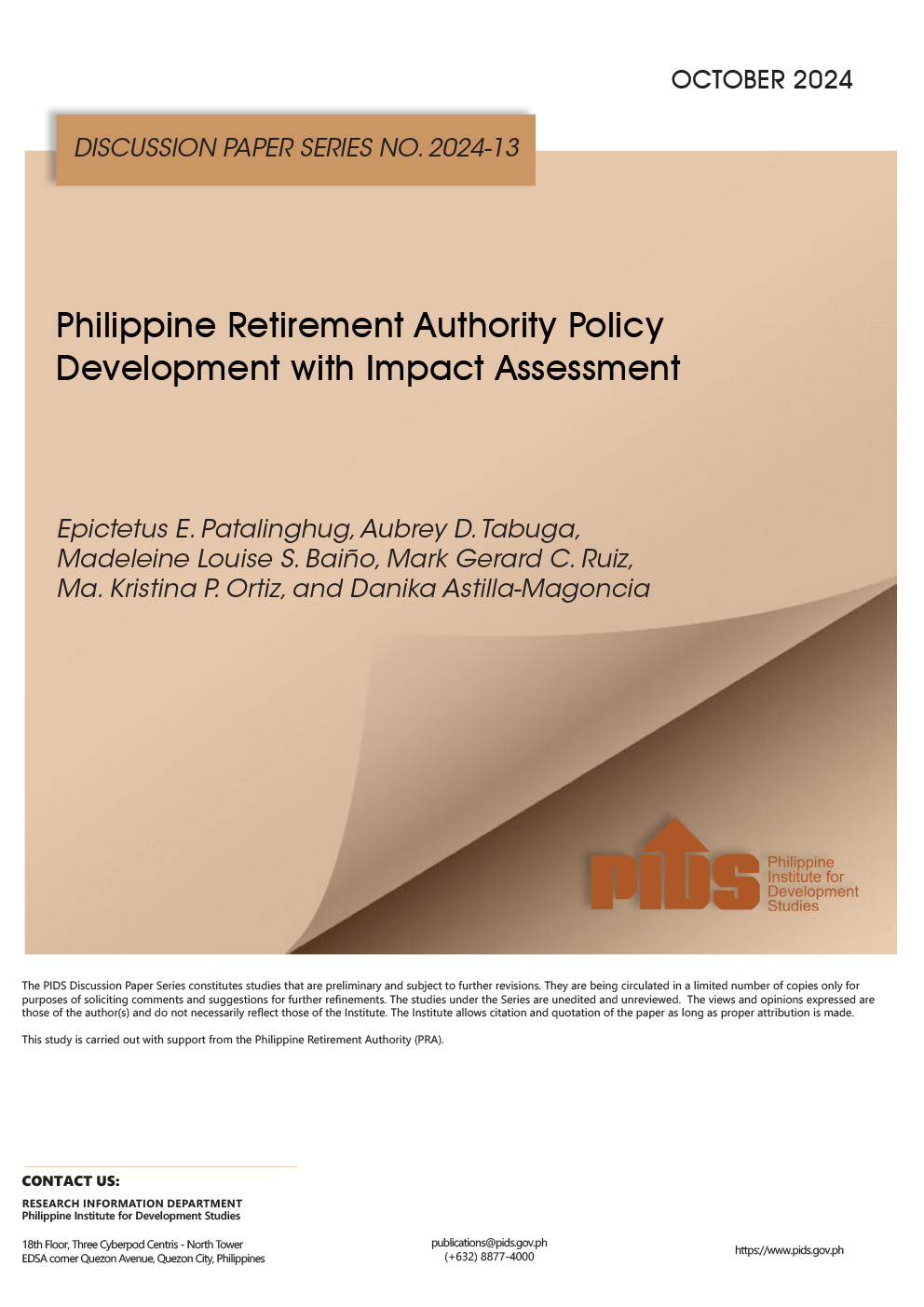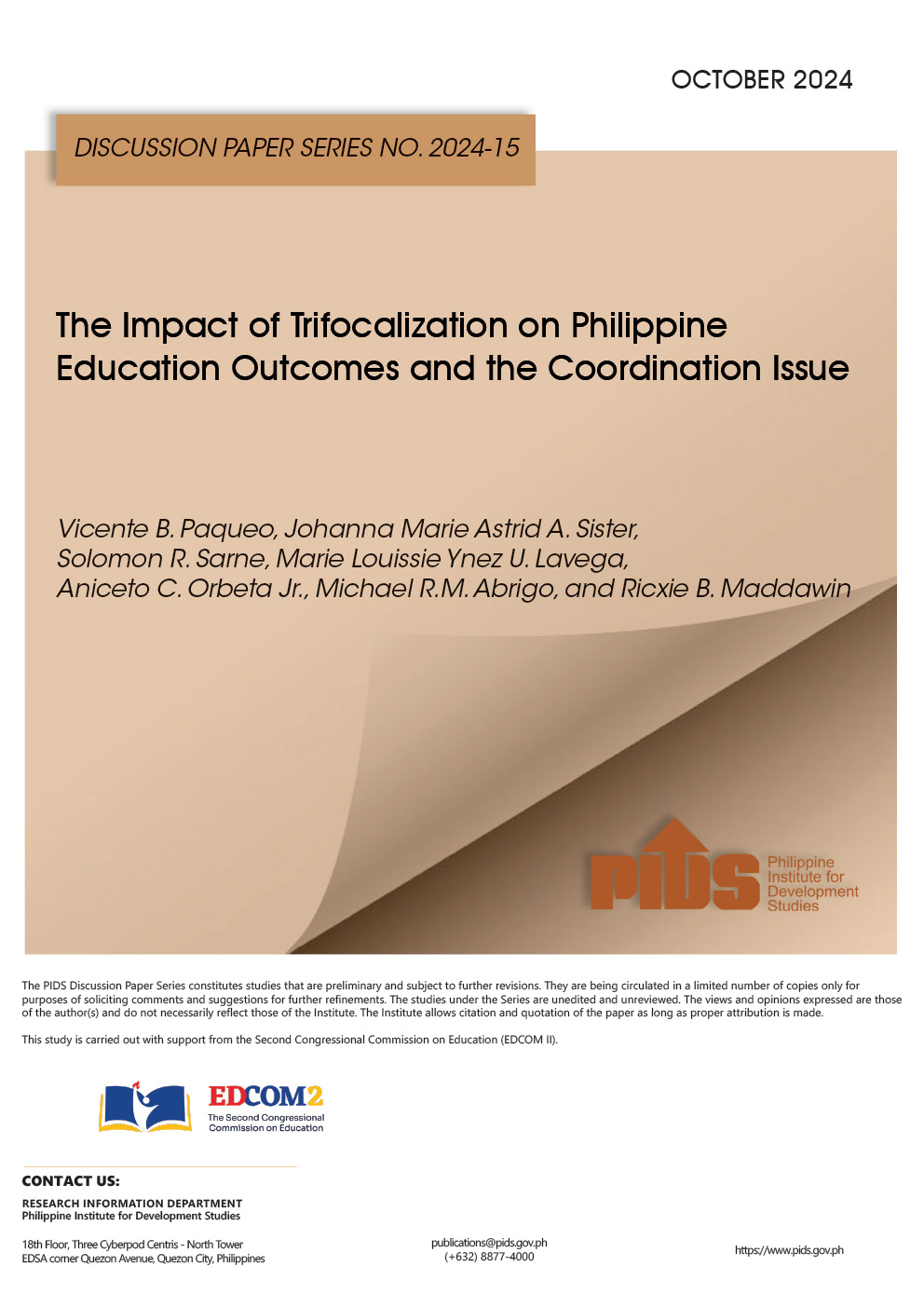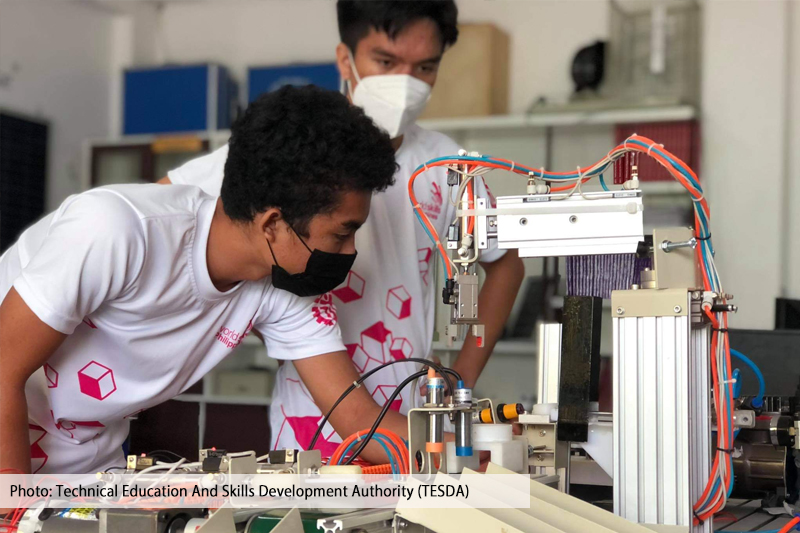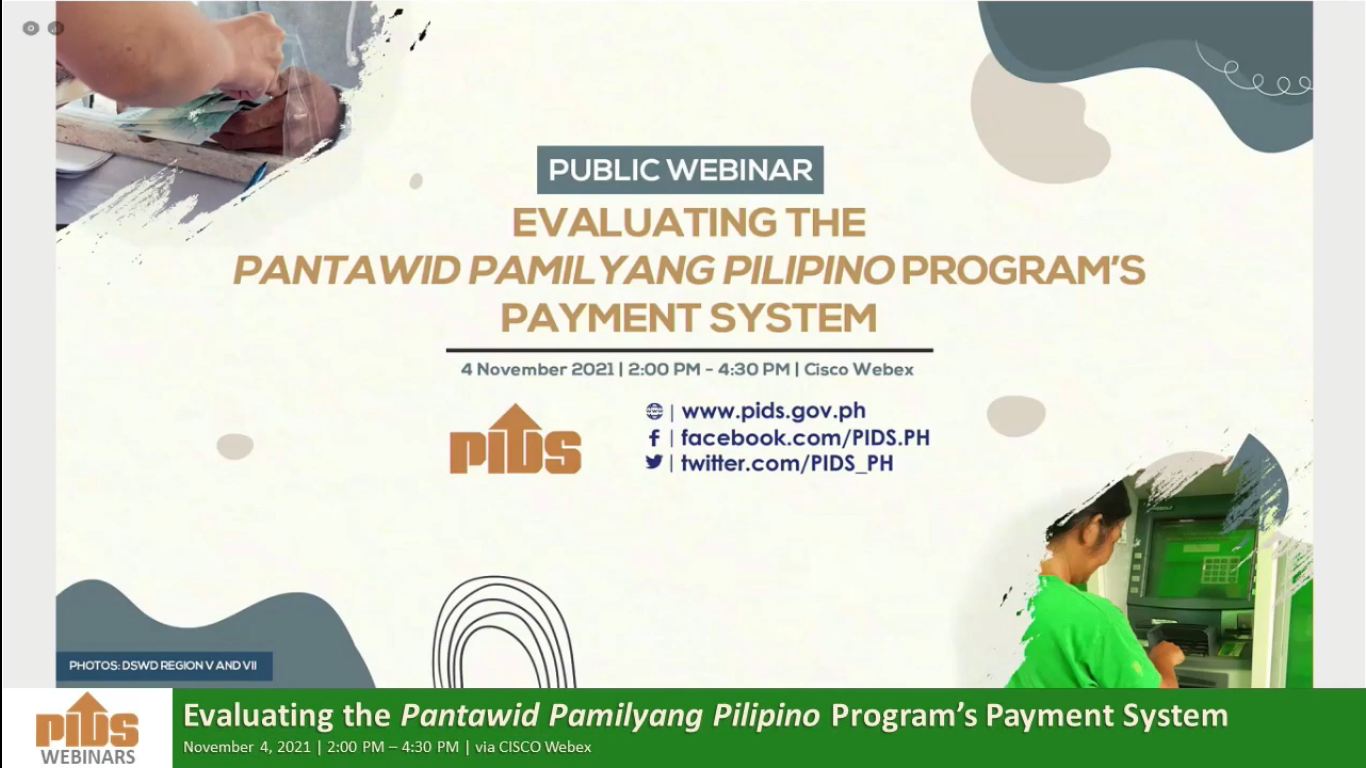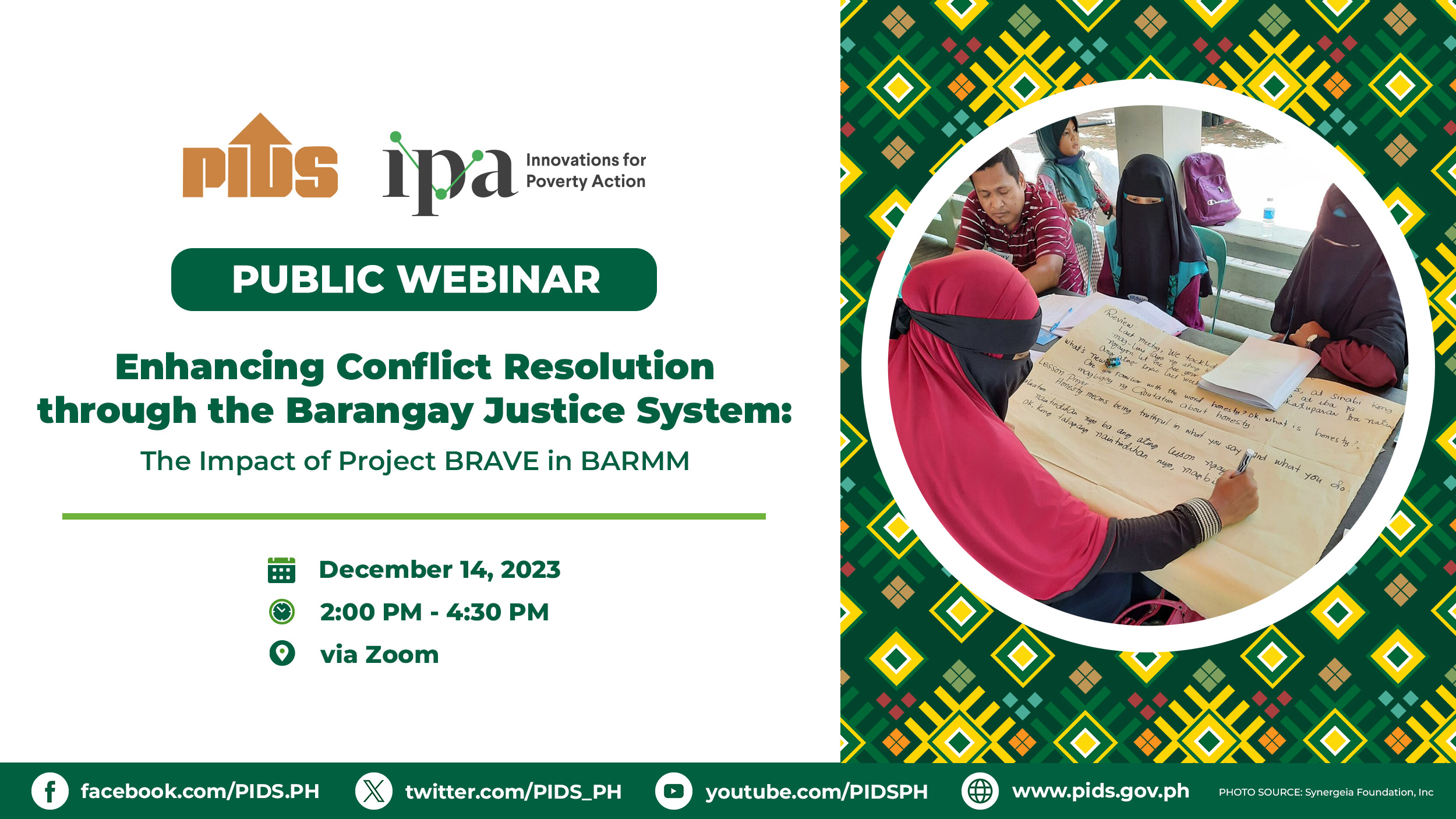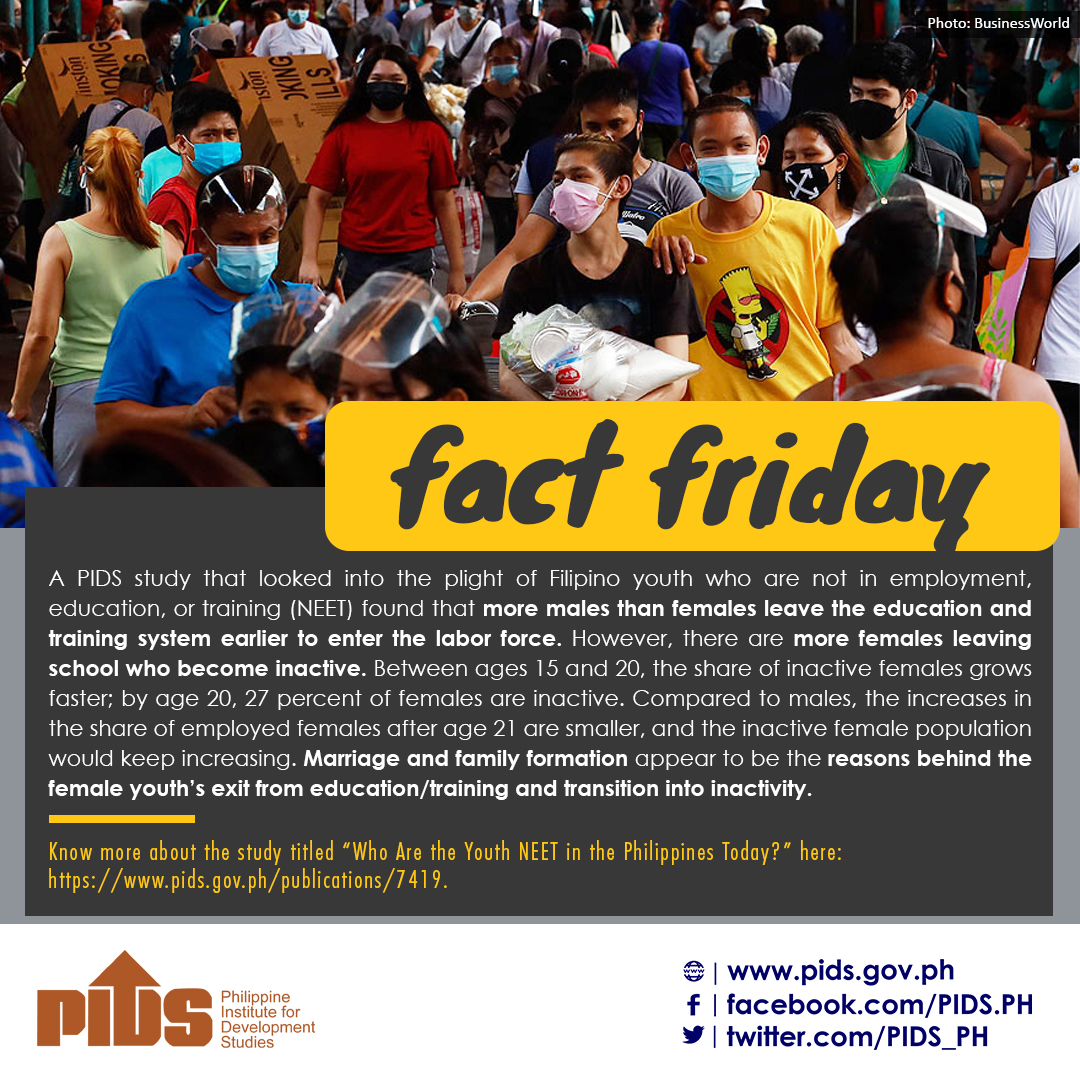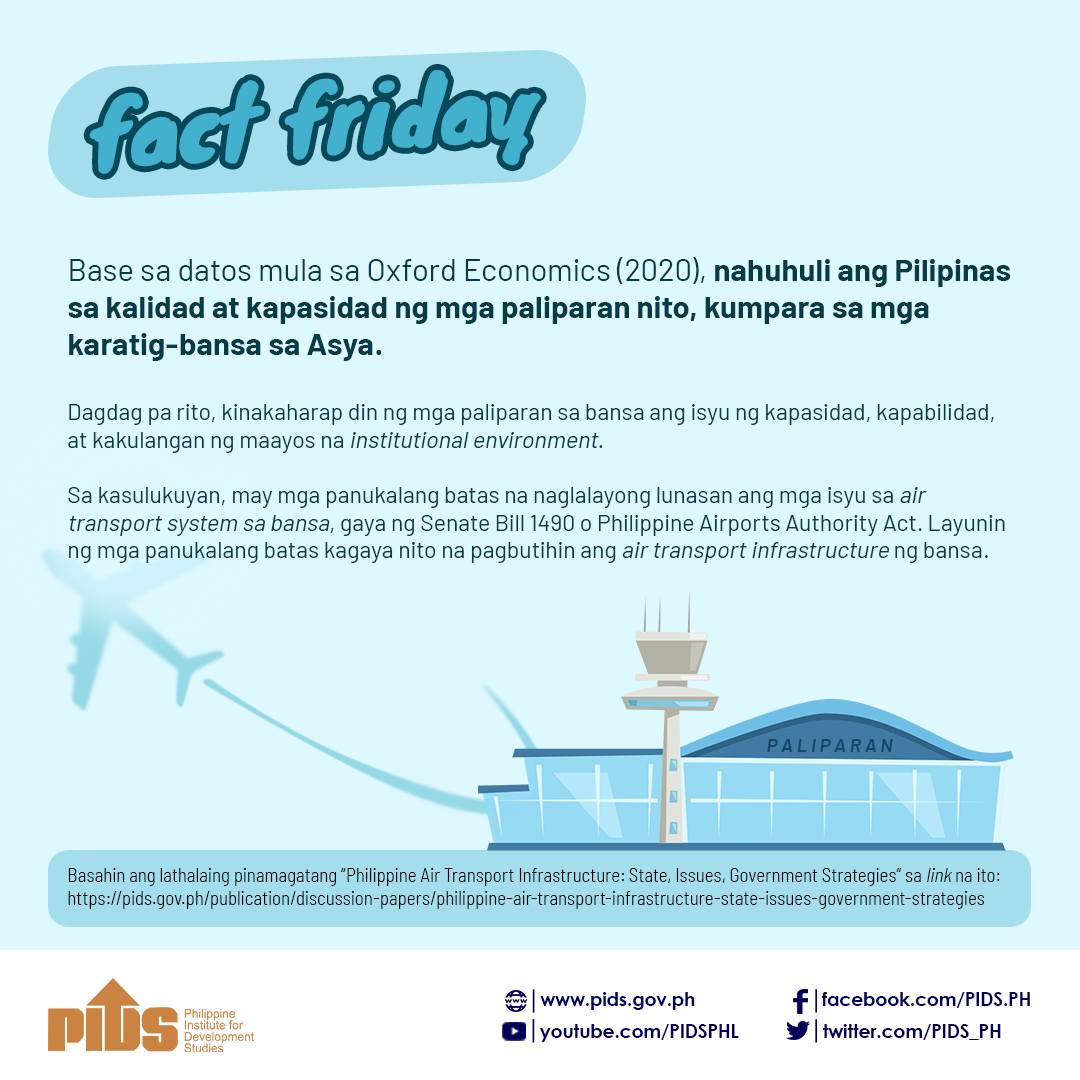The Philippines must establish a formal regulatory management system (RMS) that will reduce regulatory burden on firms and citizens and improve regulatory quality, according to a report of a think tank shared to various organizations.
Gilberto Llanto, president and head economist of state think tank Philippine Institute for Development Studies, noted that the government has to exercise firm leadership and political will in lowering regulatory burden.
"It can start by issuing an executive order announcing RIA (Regulatory Impact Analysis) as a whole-of-government policy, and not for sector regulators alone,” the official said in a formal report emailed to The Daily Tribune.
Llanto pushed for the creation of an institution such as the contemplated Office of Regulatory Practice that will oversee the conduct of RIA in national government regulatory agencies.
He said among the challenges to the creation of a formal RMS in the country is the lack of strong central oversight body or institutional mechanism that systematically coordinates and reviews efforts on new regulations or amendments to existing regulations contemplated by different regulators.
"Regulatory agencies should build capacity in undertaking RIA and formulating regulatory impact statements. The role, mandate, and stock of regulations of regulatory agencies should be reviewed to reduce regulatory burden,” he said.
To this end, Llanto said government oversight agencies such as the National Economic and Development Authority should ensure a more intensive involvement of the private sector, civil society, academe, research institutions and media in regulatory reform. Ed Velasco
There are four elements of RMS: regulatory quality tools, regulatory processes, regulatory institutions and regulatory policies.
Philippine regulatory framework includes market-friendly regulations, rules, laws, administrative and executive orders that try to provide the policy and regulatory environment as well as incentives for increased private participation in the marketplace.//


